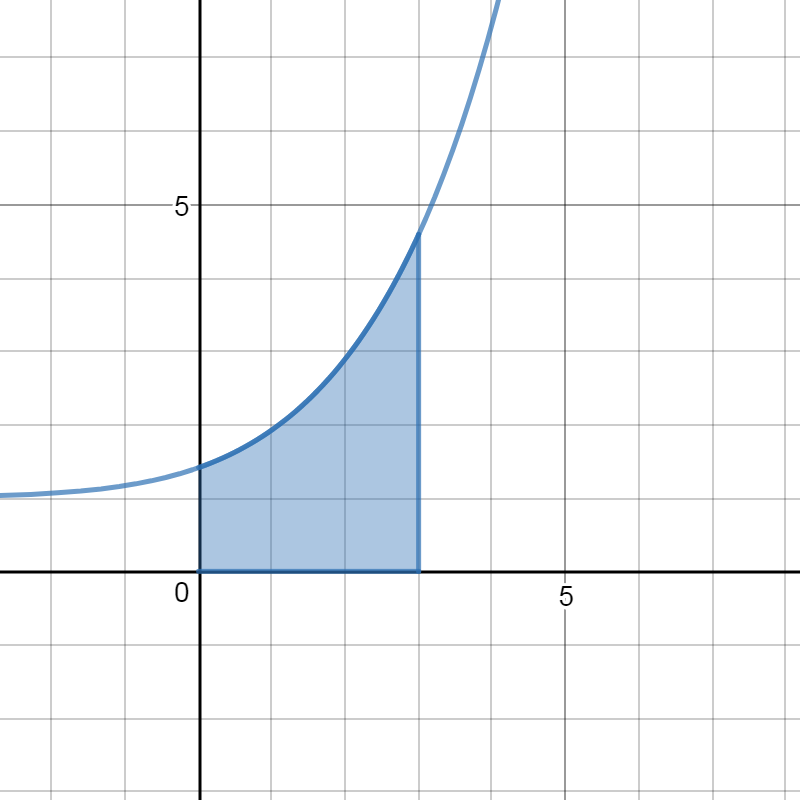The region under the curves #y=sqrt(e^x+1), 0<=x<=3# is rotated about the x axis. How do you sketch the region and find the volumes of the two solids of revolution?
1 Answer
Please see below. (There is only one solid.)
Explanation:
To sketch
And at
Arithmetic approximation:
(
The derivative:
(For a better sketch investigate concavity. The graph is concave up.)
The region is shaded blue.

To go around the
The volume of a representative disk is
Since

